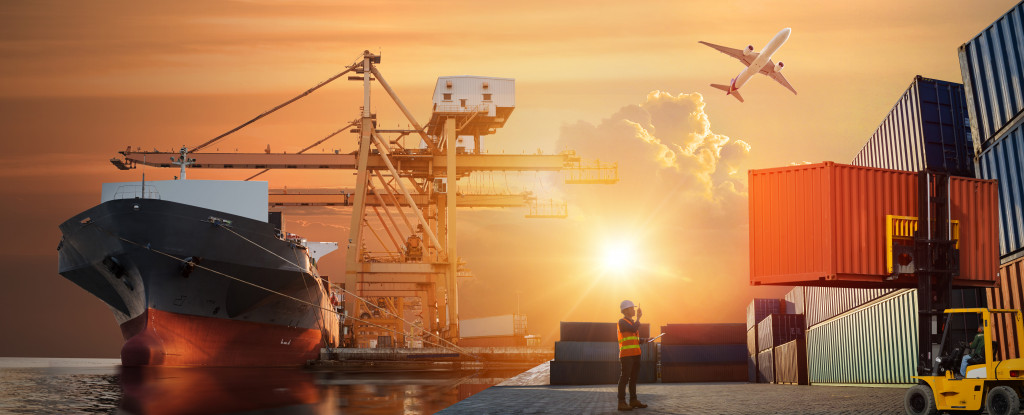Logistics is the process of planning, implementing, and controlling the flow of goods and services from the point of origin to consumption. For businesses, logistics is essential for efficiency and profitability. The right logistics system can help companies to reduce costs, improve customer service, and increase market share.
Despite its importance, setting up a successful logistics system can be expensive and time-consuming. In many cases, it makes sense for businesses to partner with or outsources to a third-party provider. An excellent third-party provider will have experience designing and implementing effective logistics systems and supporting infrastructure and resources.
However, businesses can also set up a small in-house logistics system. A cargo ship can handle hundreds of thousands of pounds of material, but businesses don’t always need that much capacity. If a company only ships a few hundred packages daily, it can likely get by with a much smaller system. Should you have the necessary resources, here are a few vital investment areas when building your logistics in-house.
Storage
Storage space is one of the most vital investments for an in-house logistics setup. Depending on the products you ship, you’ll need to consider both dry and temperature-controlled storage. If your inventory includes perishable items, you’ll need a refrigerated warehouse. You should also have enough space to accommodate future growth.
It’s worth noting that storage needs will vary depending on your business model. For example, e-commerce businesses that use a drop-shipping model won’t need as much storage space as those that keep their products in stock.
Building a warehouse will require a significant upfront investment, but it can be a more cost-effective solution in the long run. You can prioritize securing a business establishment close to your target market.
It will minimize the need for long-distance shipping, which can be costly. If you have the necessary permits, you can even store your inventory in a residential property.
Packaging
Proper packaging is essential for protecting your products and ensuring that they arrive at their destination safely. When selecting packaging materials, you’ll need to consider both the type of product you’re shipping and the shipping method you’ll be using. For example, if you’re shipping fragile items, you’ll need sturdy boxes and padding to protect them from damage.
It would help if you also considered eco-friendly packaging options. Many consumers are willing to pay more for products that come in sustainable packaging. Not only is this good for the environment, but it can also help you to differentiate your business from the competition.
Packaging will require you to set up an automated process on the manufacturing floor, but it remains an essential part of the logistics routine. Your shipments will go through rough environments, whether rugged terrains or gigantic ocean waves. You can never be too careful with product safety, so take the time to study and invest in the best packaging for your business.
Transportation
Your transportation needs will vary depending on the size and weight of your products, your shipping frequency, and your delivery radius. In most cases, businesses will need at least one cargo van or truck. You may also need a fleet of vehicles if you ship large products or plan to expand your business.
It would help if you also considered investing in a cargo GPS tracking device. This tool will allow you to track your ships in real-time and ensure that your shipments arrive on time. It can also help you to optimize routes and reduce fuel costs.
Transportation is where logistics can get costly, but there are ways to minimize expenses. For example, you can ship products in bulk to reduce the number of trips your vehicles need to make. You can also work with other businesses in your area to share transport costs.
Technology

Technology is playing an increasingly important role in logistics. There are now software solutions that can automate many tasks associated with shipping, including order tracking, inventory management, and route planning.
Investing in the right technology can help you improve your operations and reduce costs. When selecting a software solution, you should look for one that offers a free trial or money-back guarantee. This way, you can be sure that the answer is right for your business before committing to it. Technology, fortunately, can cheapen the cost of logistics if used efficiently. Once adopted strategically, companies have enjoyed a considerable return on investment.
Final Thoughts
Setting up a small logistics operation will require a significant upfront investment, but it can be a more cost-effective solution in the long run. You can prioritize securing a business establishment close to your target market. It will minimize the need for long-distance shipping, which can be costly. If you have the necessary permits, you can even store your inventory in a residential property. By following the tips in this guide, you can create a cost-effective and efficient small logistics setup.
